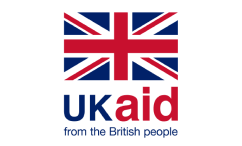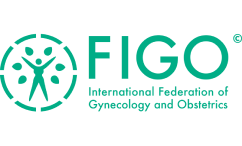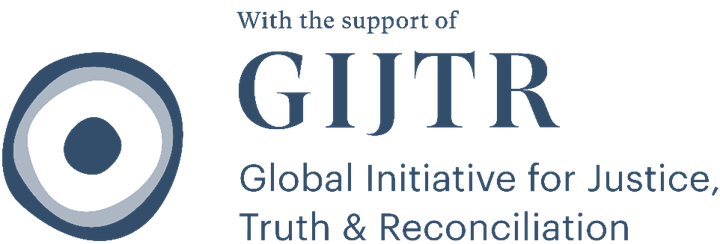III.5 Special protection against CRSV is owed to individuals and groups made vulnerable by discrimination or marginalisation
The principle of non-discrimination is fundamental to the interpretation and application of the CAT. Non-discrimination is included within the definition of torture in article 1(1), which explicitly prohibits specified acts when carried out for 'any reason based on discrimination of any kind'. Accordingly, the protection of certain minority or marginalised individuals or populations especially at risk of torture 'is a part of the obligation to prevent torture or ill-treatment'.
While implementing the CAT, States should ensure that their laws are not discriminatory and in practice applied in a sensitive, inclusive manner to all persons, 'regardless of race, colour, ethnicity, age, religious belief or affiliation, political or other opinion, national or social origin, gender, sexual orientation, gender identity, mental or other disability, health status, economic or Indigenous status, reason for which the person is detained, including persons accused of political offences or terrorist acts, asylum-seekers, refugees or others under international protection, or any other status or adverse distinction'.

 EN
EN FR
FR ES
ES UK
UK



